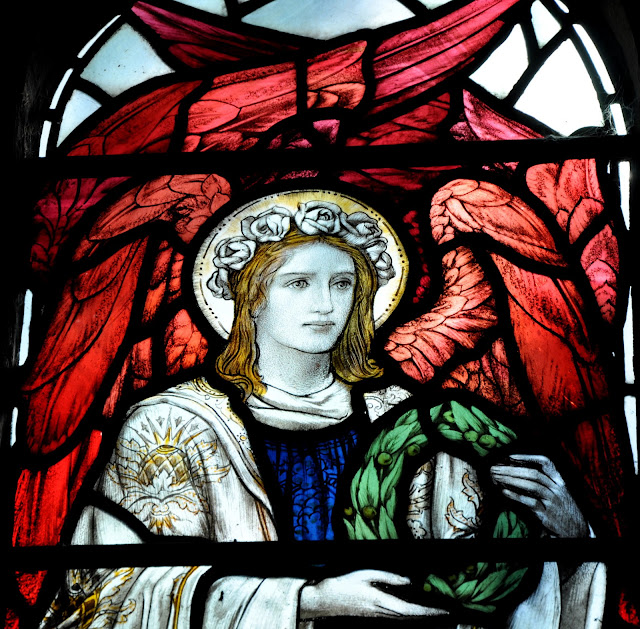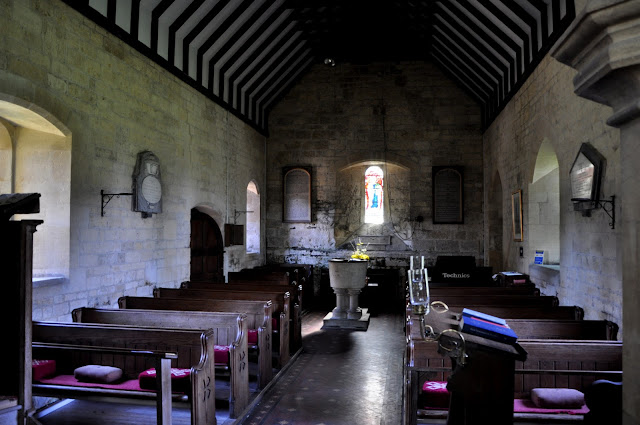Monday, 29 July 2013
Saturday, 1 June 2013
Charlton Abbots
Charlton Abbots is not only worth seeing, it’s worth
going to see. If you follow the Corndean Lane from Winchcombe, you travel
through some of the most beautiful countryside in England. The narrow lane
climbs the steep wooded valley, leaving the town far below. The road reaches
the brow of the hill where a small number of parked cars marks the path which
leads to Belas Knap. This Neolithic long barrow lies a short distance above but
that distance is near vertical, so be prepared for quite a strenuous climb. The
path to this ancient monument affords wonderful views over Winchcombe which
lies in river valley at the foot of the escarpment.
The Corndean Lane is cut into the valley side and
snakes along its steeply wooded slopes with views of Sudeley Castle. At the end
of the valley is the hamlet of Charlton Abbots, once owned by the Abbots of
Winchcombe Even today, the village is a remote spot, in the medieval period it
was chosen as the an ideal site for a walled leper hospital. The present
village is a small collection of cottages and farm buildings, with the tiny
chapel clinging to the hillside below.
The church is small; just nave, south porch and
chancel, with a bellcote which has a bell by John of Gloucester c.1346. The
building dates from the 13th century, but had become ruinous by the
18th century, when a major restoration replaced all but the west
wall. The round-headed south doorway survives from the earlier church along
with the two lancets in the side walls of the chancel, which have
trefoil-headed rere-arches with jamb shafts. Two round-headed windows on the
south side of the nave are early 19th century but the building
underwent a significant restoration in 1887 when the chancel arch and the
Minton floor tiles were added. A north vestry was built in 1933 by G.W.
Atkinson. The 13th century font was given a 19th century
base. Stained glass in the nave is by James Powell & Sons, north 1914, west
1919. The glass in the chancel is by Warrington & Co, 1887; unfortunately the
glass in the triple lancet east window is badly damaged.
From the churchyard the Manor House can be seen high
above. On this first warm day of summer the view from the church is magnificent.
At the head of the valley this secluded graveyard overlooks fields skirted with
woods, a few Cotswold cottages cling to the hillside and horses graze on the
short upland grass while a swarm of bees noisily attempts to nest in the church
roof.
Subscribe to:
Comments (Atom)



















































